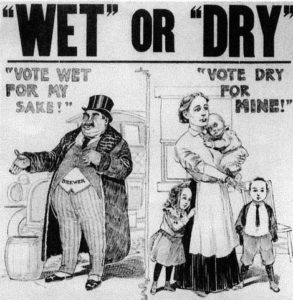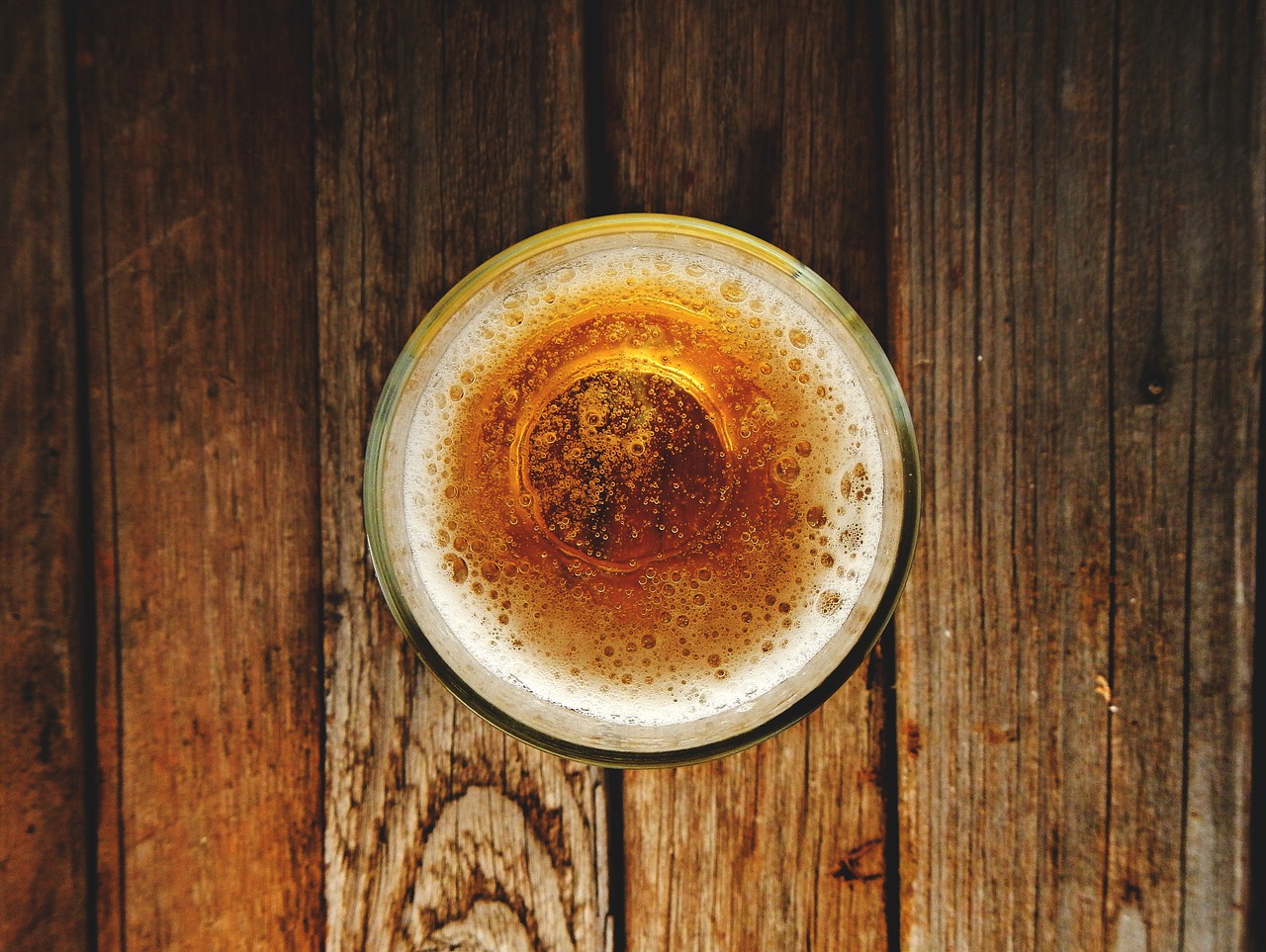The alcohol-distribution model in the US is outdated and has left a gaping hole between producers and consumers. Bevv, a California-based startup wants to offer an alternative. The platform for craft beer aims to increase profit margins while giving the consumers more choices.
Maybe you have been there. Your local watering hole comes up with a special Friday-beer, a new beer from a small brewery with a strange name. It’s a few dollars more but, hey…you take the gamble.

You take a sip, and the magic happens. Its malty aromas and fruity touches blow you away. A glow of alcohol warms your palate. Hints of green apples, apricots and banana dance and sparkle on your tongue. The taste lingers, full in your mouth with plenty of body and a long finish of dry and fresh bitters.
Next Friday, after a challenging working week, you’re ready for more of the same delight. But alas, the crafted jewel is long gone. The bartender shrugs his shoulder when you ask for more information. He mentions the distributor, he’s the one in charge. And now you can’t find it anywhere.
In the US, this heartbreaking scenario is caused by a set of laws that separate brewers from retailers through a middle-man. In the US, the ‘three-tier-system’, requires brewers to sell their beer to distributors who then sell the beer to retailers (like bars, restaurants and stores).
To understand where this comes from, we have to go back in time. A hundred years ago, beer brewers were often also the bar owners, or the principal contributor of finances to bars. Accordingly, they had total control to adjust production to fit demand, and in their own interest, they encouraged consumption.
Unfortunately, this inevitably encouraged abuse, with breweries pushing bars to sell more and more beer, and bullying bars to only sell certain brewery brands.

Prohibition only escalated the illegal activities and strong-arm business practices, as the ‘Noble Experiment’ turned out to be the perfect playground for the mob.
Afer the end of Prohibition, the US thought to have found a valuable compromise, one that offered supervision, with the introduction of the ‘three-tier system’. The idea being that beer producers would only be able to sell their products to a middleman, the distributors, who would then sell to retailers.
Over time, individual states became in charge of the alcohol laws. This led to exceptions and more flexibility concerning distribution. Depending on the state, new relationships or combinations within the three tiers are occasionally allowed.
In several states, small breweries can act as their own distributor, while in others, the state itself is in control. Some states allow brewpubs, which act simultaneously as producer and retailer.
But amidst the inconsistent state laws, one thing holds true, in the three tier-system, the distributor (not the brewer, the bar manager, or the consumer) are the ones with the power to decide what makes it to the shelves and taps. Smaller breweries end up under-represented, as the distributor makes particular brands more exclusive to drive up the price.

Travis Benoit- Founder at Bevv.co
In response, Bevv, the first US producer-to-consumer platform for craft beer, introduced a direct to consumer model. Working within the legal landscape, Bevv makes it possible for breweries to sell directly to consumers via their online platform. And with it, consumers have more affordable access to a wider selection of craft beers, as on its platform, breweries can offer their full menu for consumers to choose from.
A study by the National Brewers Association showed that in 2016, retail sales of craft beer increased 10%, up to a total of $23.5 billion. They now account for nearly 22% of the $107.6 billion U.S. beer market.
“In an era of craft first and drink local, we are privileged to be able to work with great businesses and get their product into more hands all-the-while giving producers a new sales channel never offered before”, says Bevv.co founder Travis Benoit.
-This article was originally seen on the Sociable.












